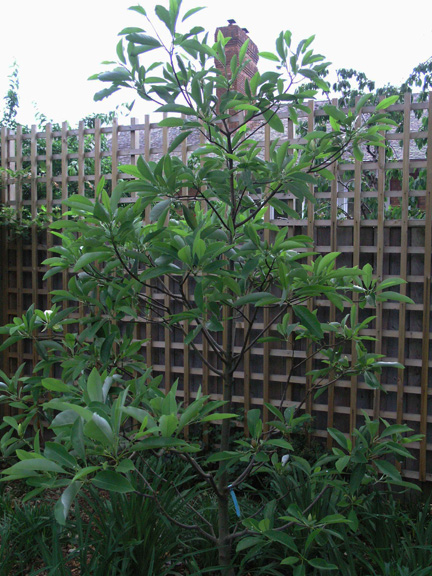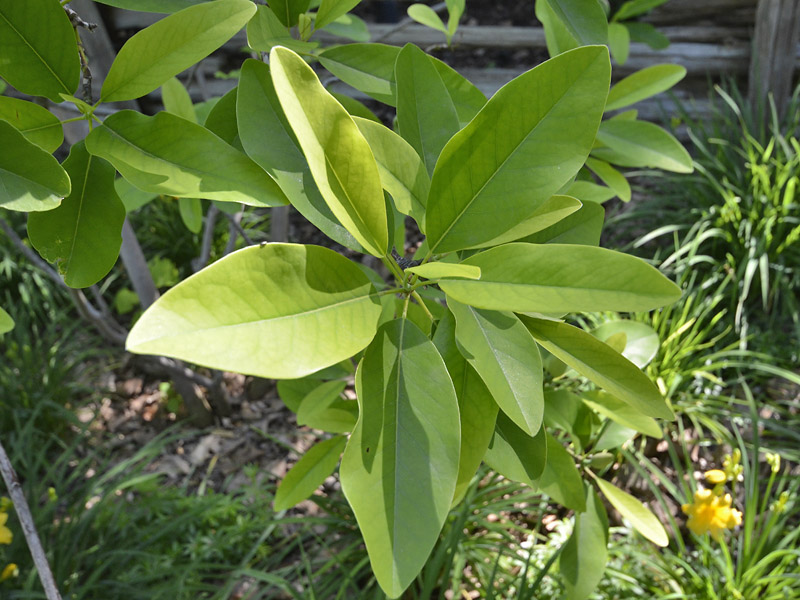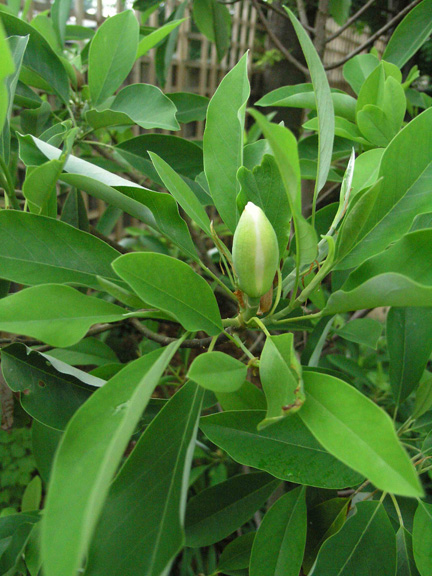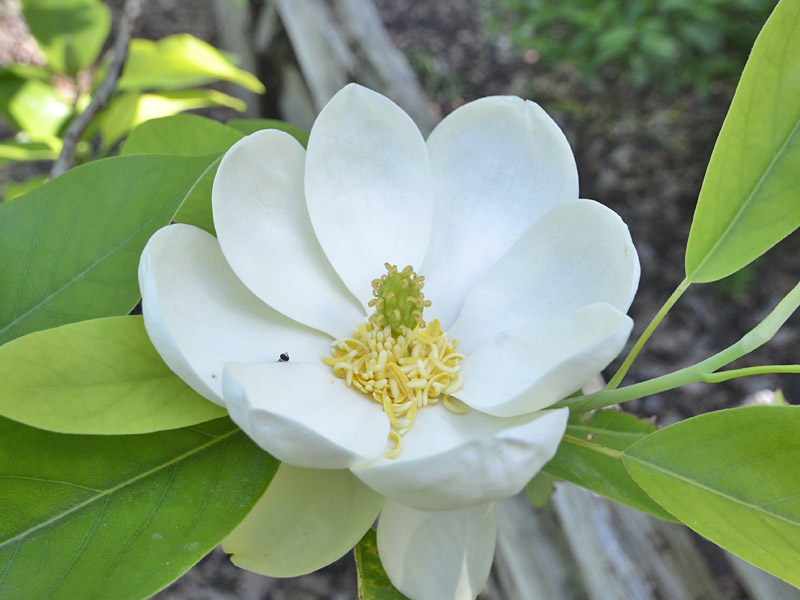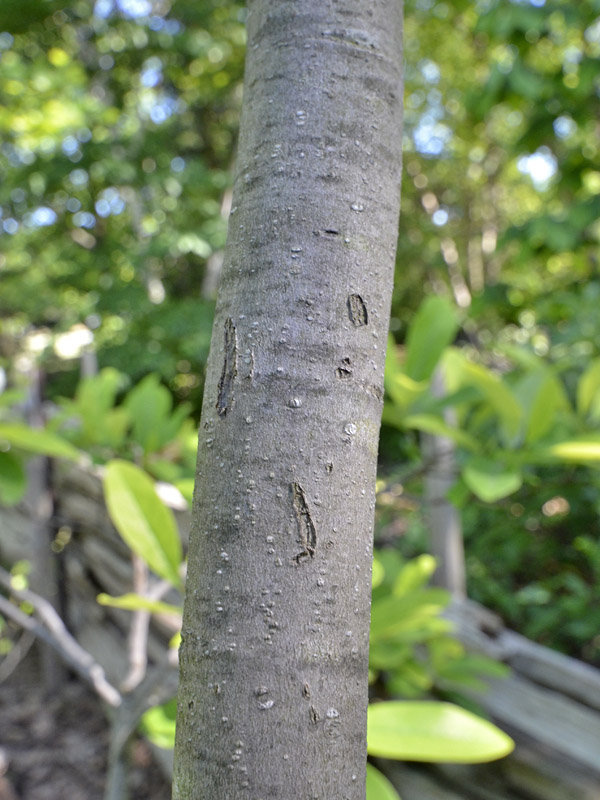| General Description | Often seen growing by swamps, white-green undersides to the leaves. This species has been placed on the IUCN Red List as least concerned and has been given a G5 global ranking by NatureServe. |
| ID Characteristic | Small, deciduous to evergreen shrub with white fragrant flowers. Has bright red-orange seeds. |
| Shape | Upright shrub or small tree, fairly round to oval shaped and typically multi-stemmed. |
| Landscape | Screening, around patios or long driveways for privacy. |
| Propagation | Mature seeds should be soaked in water for a few days to easily remove the pulp. Seeds can be planted right away but are best stratified for 2 - 4 months at 5 ºC. |
| Cultivation | Plant in partial shade to full sun in wet, swampy and/or acidic soils. |
| Pests | Scale, tulip-poplar weevil (leaf miner) and leaf spots. |
| Notable Specimens | The Gardens of Fanshawe, London, Ontario, Canada.
The Mac Cuddy Botanic Garden, Strathroy, Ontario, Canada. |
| Habitat | Boglands, swamps and marshlands. |
| Bark/Stem Description | Thin, delicate bark susceptible to mechanical injury and winter damage. |
| Flower/Leaf Bud Description | Narrow lanceolate flower buds pointing upward. The terminal buds, measuring between 3 - 6 cm in length, are much larger than the lateral buds, which measure between 5 - 9 cm in length. |
| Leaf Description | They are simple, alternate, lanceolate-pinnate leaves without serration that measure between 5 - 10 cm in length. Leaves are two-toned, pale green adaxial and silver abaxial; where trees are grown in exposed locations with a little wind they appear to shimmer. |
| Flower Description | 5-7.5 cm wide with about 8 petals per bloom. Flowers are very fragrant. |
| Fruit Description | Elongated lanceolate fruit measuring 2 - 7 cm. Towards autumn, the fruit turns brown and splits open to reveal bright red-orange seeds.
|
| Colour Description | Brown-grey bark, medium green leaves that do not turn in autumn with white undersides. White flowers in the summer. |
| Texture Description | Medium. |
